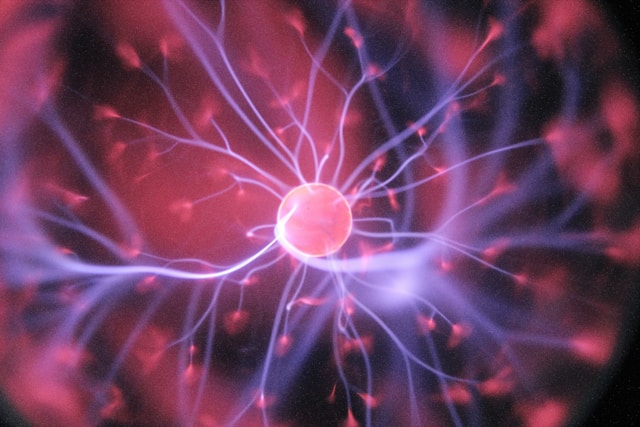The concept of grounding, also known as earthing, has sparked considerable interest and debate within the wellness community. Detractors have labeled it as pseudoscience, while proponents cite personal experiences of its benefits. This article aims to demystify the science of grounding, exploring the evidence behind the practice, how it works, and why it could be a crucial element of modern well-being.
Understanding Grounding
Grounding or earthing refers to the practice of connecting the body directly to the earth's electrical energy. This is typically done by walking barefoot outdoors, as well as through the use of grounding devices that simulate the electrical conductivity of natural grounding. But what does science say about this practice?
Debunking Myths: The Real Science of Grounding
The principle behind grounding is based on the earth's surface having a mild negative charge due to a continuous influx of free electrons. When the skin comes into contact with the ground, these electrons are absorbed into the body. This concept has been met with skepticism, but emerging research is beginning to shed light on the physiological changes that occur with grounding.
How Grounding Works
-
Electron Transfer: The core idea is that direct contact with the earth provides electron transfer to the body. Electrons are known for their antioxidant properties, which neutralize free radicals, reducing oxidative stress, a contributor to chronic inflammation.
-
Reduction of Inflammation: Studies have shown that grounding can reduce inflammation, which is often the root cause of numerous chronic diseases. The anti-inflammatory effect is believed to be due to the neutralization of excess positive charges (free radicals) by the electrons from the earth.
-
Impact on the Nervous System: Grounding has been observed to alter the electrical activity of the brain, as measured by electroencephalograms, as well as muscle tension and heart rate variability. This suggests a shift from a sympathetic (stress response) to a parasympathetic (relaxation response) state.
-
Improvement in Circulation: Grounding may improve circulation by influencing the zeta potential and thus the viscosity of the blood, allowing for better oxygen and nutrient delivery throughout the body.
The Evidence Behind Grounding
While grounding research is still in its early stages, several small studies and anecdotal evidence suggest benefits including improved sleep, reduced pain, decreased stress, and faster recovery from trauma or injury. Critics argue that these studies often have small sample sizes and may be subject to bias, calling for more rigorous, large-scale research.
Why Grounding Matters
Despite the ongoing debate, the concept of grounding touches on an undeniable truth: humans have become increasingly disconnected from nature. The potential health benefits, minimal risk, and low cost of grounding make it an appealing wellness practice. Even if the placebo effect accounts for some of the perceived benefits, the simple act of reconnecting with the earth can have profound psychological and physiological effects.
Incorporating Grounding into Your Life
For those interested in exploring the benefits of grounding firsthand:
- Start Simple: Begin by walking barefoot on grass, sand, or soil for 30 minutes daily.
- Indoor Grounding: Investigate grounding mats, sheets, or bands that can be used during sleep or while seated, especially if outdoor grounding is impractical.
- Mindful Observation: While grounded, practice mindfulness or meditation to enhance the connection with the environment and increase mental clarity.
Conclusion: A Balanced Perspective on Grounding
The science of grounding is still evolving, with both promising evidence and areas awaiting further exploration. While it’s unlikely to be a panacea, grounding offers a simple, natural way to potentially enhance well-being. As research continues to unravel the mysteries of grounding, it remains a practice rooted in our intrinsic connection to the earth—a connection that modern life often neglects but may hold the key to better health and improved well-being.



